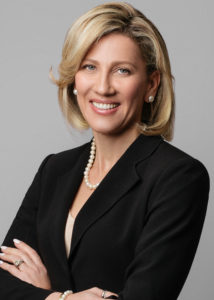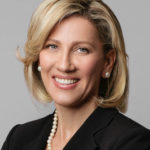
As additional waves of COVID-19 bear down on the long-term care and post-acute industry, it has never been more important for operators to comply with staffing regulations that best protect our most vulnerable population.
Some consider compliance requirements mere administrative hurdles to manage. They don’t realize compliance encompasses mission-critical responsibilities that can be the difference between life and death for residents—and a stellar or subpar reputation for operators.
It’s no doubt nurses and administrators strive to serve residents to the best of their ability.
But the looming talent shortage, high employee turnover and last-minute scheduling changes – all amplified by a once-in-a-generation pandemic – are making meeting requirements an ongoing challenge. Meanwhile, understaffed facilities and overworked employees create a ripple effect that will ultimately impact the attention and care residents receive.
It doesn’t stop there. Take a step back to consider the business implications. Operators who fail to reach optimal staffing levels can take a big financial hit. Facilities that fall out of compliance can see their ratings fall, per-patient Medicare reimbursements decrease and physician referrals drop. And they’re often subject to higher rates for loans and insurance coverage since a Five-Star report is today’s de-facto standard for judging skilled nursing facilities.
Ultimately, these factors drain market share. Tasked with solving these problems amid their own resource constraints, healthcare administrators might struggle to find an adequate solution that protects staff and residents.
Technology as an enabler
COVID-19 has accelerated technological growth and pushed the industry toward a rapid digital transformation. From better patient monitoring to seamless storage and retrieval of health data, facilities across the country are now better equipped to enhance capabilities and prioritize resident well-being.
Technology can address and mitigate compliance issues, resulting in higher ratings. With a tool like Five-Star Predictor software, facilities can identify staffing issues before they manifest. The technology considers a facility’s desired goals with The Centers for Medicare & Medicaid Services’ Five-Star Quality Rating System and offers actionable steps on how to achieve them in as little as weeks before a reporting deadline.
Administrators can also receive alerts when a staffing level falls below their desired rating’s requirements thanks to real-time scheduling, attendance and Payroll-Based Journal data. That final component is key. Even if facilities are compliant but can’t prove it within 15 minutes during a surprise audit, they can face fines and have their ratings dinged.
With this knowledge, providers can meet compliance deadlines and make changes that benefit employees and residents feeling the pandemic’s impact. For post-acute care and senior living operators overseeing multiple facilities, the technology can provide visibility into live staffing status for all locations on a unified dashboard. Administrators can immediately identify problems and drill down for details on corresponding pain points and opportunities.
Technology serves as a powerful enabler of progress, and its widespread adoption is helping skilled nursing, long-term care and post-acute facilities track, anticipate and meet compliance requirements to better serve residents. With predictive and real-time analytics:
- Resident safety is prioritized
- Nursing levels and standards are closely monitored and upheld
- Facilities can uncover hidden inefficiencies and identify opportunities for growth
By tapping technology to enhance facility capabilities, you can keep pace with evolving industry demands while providing exceptional care. After all, at the end of the day, everything we do is done with residents’ well-being in mind.
Marina Aslanyan has served as CEO of SmartLinx for six years, after joining the company as COO in 2012. Previously, she ran Altitude Strategic Consulting, where her strategic advice helped clients achieve operational excellence.





